Suunto Race vs Vertical: 5 Key Differences & Similarities
By Naila Syifa
Updated May 2024

Suunto Race and Suunto Vertical are great sports smartwatches equipped with a range of features to enhance your outdoor adventures and help you train better.
What similar features do they share, and what sets them apart from each other? We'll explore both smartwatches in detail across 5 key comparison aspects.
Key Takeaways
In terms of features, the differences between the two are very minor. Suunto Race has a lactate threshold detection that the Vertical doesn't have, while the Vertical offers a Sleep Quality score and light/dark themes that the Race doesn't offer.
In other aspects, the differences are more obvious. Suunto Race has a better AMOLED display compared to Vertical's LED matrix display. However, Suunto Vertical roughly has double the battery life of the Suunto Race with an extra solar charging feature in some models.


Suunto Race
Ultimate Performance Watch
✓ Advanced Training Metrics
✓ Free Offline Maps
✓ Smart Notifications
✓ Bright AMOLED Screen

Suunto Vertical
Outdoor Adventure Watch
✓ Advanced Training Metrics
✓ Free Offline Maps
✓ Smart Notifications
✓ Solar Charging Options
#1 Price

Suunto Vertical
Suunto Race and Vertical can be considered quite expensive compared to other sports smartwatches on the market, but Suunto Race is significantly more affordable compared to Suunto Vertical.
Suunto Race has a price tag of US$449 for its standard stainless steel model and US$549 for the more premium titanium bezel version.
Suunto Vertical, on the other hand, has a starting price of US$629 for its standard stainless steel model. Other variants include the steel solar version at US$699 and the titanium solar version at US$839, both of which offer an added solar charging capability.
#2 Design & Durability

Suunto Race
Similarities
At a glance, both watches look very similar with their round watch faces and rugged, sporty designs. The case sizes are also identical at 49 mm, and the material used for each model is the same – a sapphire crystal glass, a silicone strap, a polyamide case reinforced with glass fiber, and stainless steel or titanium bezels.
Both the Suunto Race and Suunto Vertical are built to withstand the toughest outdoor conditions with military-grade durability. They are waterproof to a depth of 100 meters and have a wide operating temperature range from -20° C to 55° C.
Suunto Vertical is more lightweight at 74 g, which is 9 g lighter than the Race model at 83 g. However, this difference is barely noticeable when worn on the wrist.
Differences

Suunto Vertical
Suunto Vertical is more lightweight at 74 g, which is 9 g lighter than the Race model at 83 g. However, this difference is barely noticeable when worn on the wrist.
The more significant difference is in the display technology used. While the Vertical used a standard matrix display with an LED backlight, the Suunto Race boasts a bright, high-definition AMOLED screen that makes viewing data and graphics easier, even under bright sunlight.

Suunto Race
This difference also affects the screen resolution, with the Suunto Race having a higher resolution of 466 x 466 pixels compared to the Vertical's 280 x 280 pixels. A higher resolution means sharper and more detailed visuals on the Suunto Race's display.
Another advantage that the Suunto Race offers in terms of design is its Digital Crown, a rotating wheel on the side of the watch that allows for easy navigation through the watch's features and settings. Suunto Vertical, on the other hand, can only rely on its side buttons for operation.
#3 Health, Fitness & Training Features

Suunto Vertical
Similarities
When it comes to health, fitness, and training features, the Suunto Race and Suunto Vertical have more similarities than differences.
Both watches can track over 95 different sports modes, monitor wrist-based heart rate, measure blood oxygen (SpO2) levels, track stress and recovery, analyze your sleep, count steps and calories burned, and many more.
When it comes to training and improving performance, both watches offer many features from advanced training metrics, customizable workouts, voice feedback, and real-time guidance to help you reach your goals. You can also connect the watch to the Suunto app to analyze your training data and progress over time.
After a workout, both watches analyze your session and provide a Training Stress Score (TSS) to help you understand your training load. They can also measure your VO2 max for fitness level and Heart Rate Variability (HRV) to understand your recovery state.
Differences

Suunto Race
One distinctive feature offered by Suunto Race is its lactate threshold detection, which the Vertical model lacks. With this feature, the Race can estimate your lactate threshold and help you optimize your training intensity.
Meanwhile, Suunto Vertical stands out with its sleep quality score, which is not available in the Race model. The watch will analyze your sleep data and provide a score from 0 to 100 to help you understand the overall quality of your sleep.
#4 Maps & Navigational Features

Suunto Vertical
Similarities
Both sports smartwatches use multi-band GNSS, which can combine GPS, GLONASS, GALILEO, BEIDOU, or QZSS satellite systems for precise location tracking.
They both offer free worldwide maps that you can download for offline use, but due to the limited storage capacity, you can only store a limited number of maps at a time. The maps provide detailed terrain information, contour lines, and points of interest for your outdoor adventures. You can plan your routes and navigate them with turn-by-turn guidance on both watches.
Differences
Suunto Race and Suunto Vertical have no differences in terms of maps and navigational features.
#5 Smartwatch Features

Suunto Race
Similarities
Suunto Race and Vertical have most of the daily smart features that you would expect from a modern smartwatch, such as notifications, music controls, weather forecasts, alarms, stopwatches, timers, and more. With an Android phone, you can even reply to messages with pre-written quick replies directly from the watch.
Both watches even feature a built-in flashlight. This can be very handy in low-light situations or during nighttime outdoor activities.
Differences
Suunto Vertical has a slight advantage with its ability to switch between light and dark themes to increase the readability of the watch face, which the Suunto Race lacks. This is a minor feature, but it gives more customization options to suit your preferences.
#6 Battery Life

Suunto Vertical
Similarities
Just like most other smartwatches, the Suunto Race and Vertical come with a rechargeable battery with varying battery life depending on the usage and settings. You can choose between four battery modes: Performance, Endurance, Ultra, and Tour, which offer different balances between performance and battery life.
You can see the battery level in the form of a percentage or an icon, and the watch will notify you when the battery is running low, so you won't unexpectedly lose power while recording your activities.
Differences
Suunto Vertical has a longer-lasting battery life, ranging from 60 hours in training mode with GPS, to up to 60 days in the time mode.
The Steel Solar and Titanium Solar models also add a solar charging capability, which can boost the battery life to over 30%. When solar charged, the Vertical can last for a minimum of 85 hours in training mode with GPS, and up to 1 year in time mode.
Suunto Race, on the other hand, can only last up to 40 hours in training mode with GPS and for a maximum of 26 days in time mode. It also doesn't come with solar charging, making it more dependent on frequent charging compared to the Vertical.
Suunto Race vs Suunto Vertical
Final Thoughts

Suunto Race
Suunto Race and Suunto Vertical are impressive sports smartwatches packed with advanced features for fitness enthusiasts and outdoor adventurers.
While they share many similarities, the Vertical stands out with its longer battery life and solar charging capabilities, making it a more suitable choice for those who engage in extended outdoor activities or want to minimize the frequency of charging their device.
However, the Race offers a more affordable price point without compromising on essential features. It even has a more premium AMOLED screen for better viewing, making it an attractive option for budget-conscious buyers who still want a high-quality, feature-rich sports smartwatch.
If you like to read more on smartwatches, check out our other relevant guides here:
Best Garmin Watches
Suunto Vertical vs Garmin Fenix 7
Suunto 9 Peak Pro vs Garmin Fenix 7
Suunto 9 Peak vs Peak Pro
Suunto 9 Baro vs Peak Pro
Suunto Core vs Core Alpha
Don't miss out on tech
Subscribe to our newsletter to stay up to date on the latest tech trends and guides on the best gadgets around.


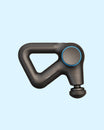
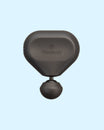

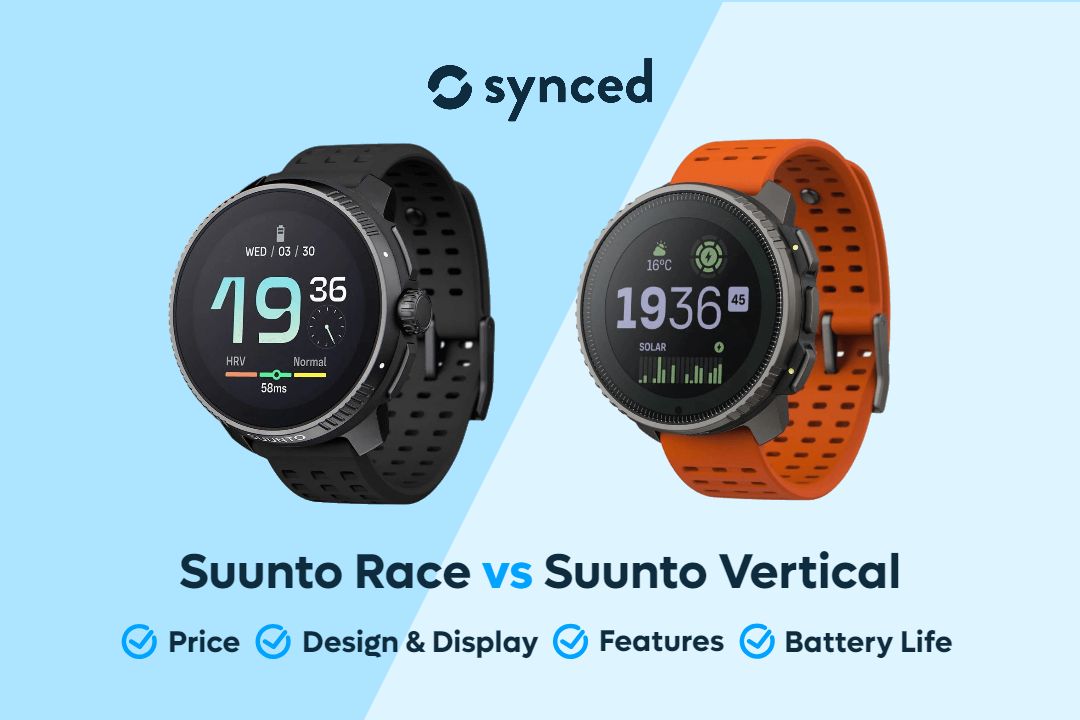
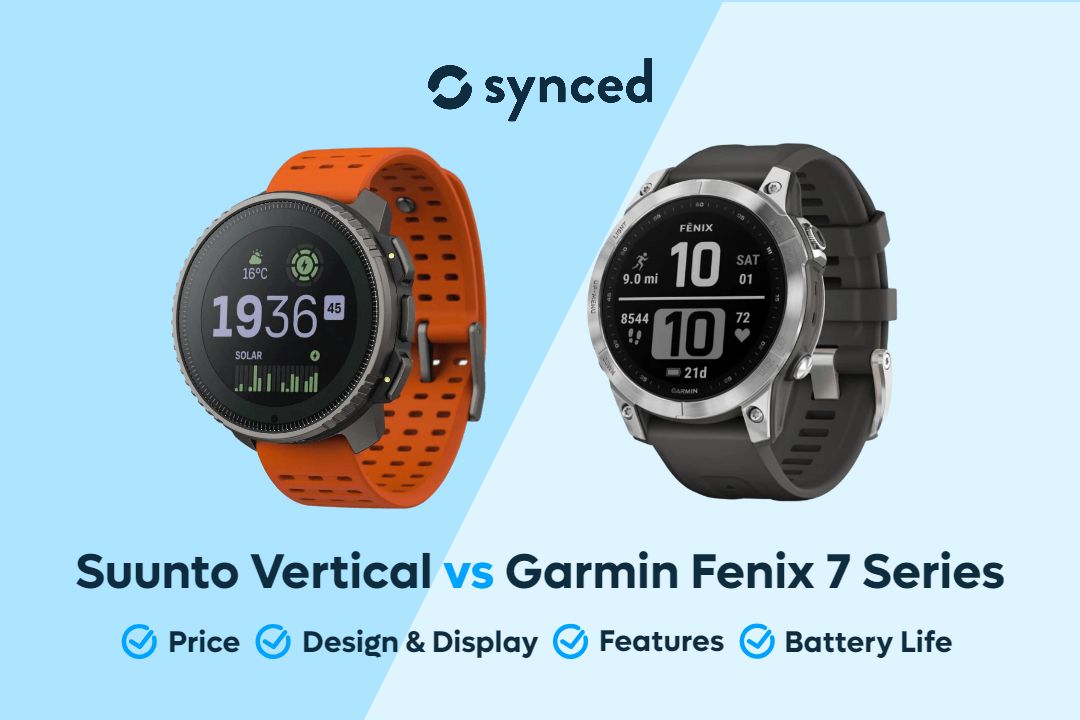
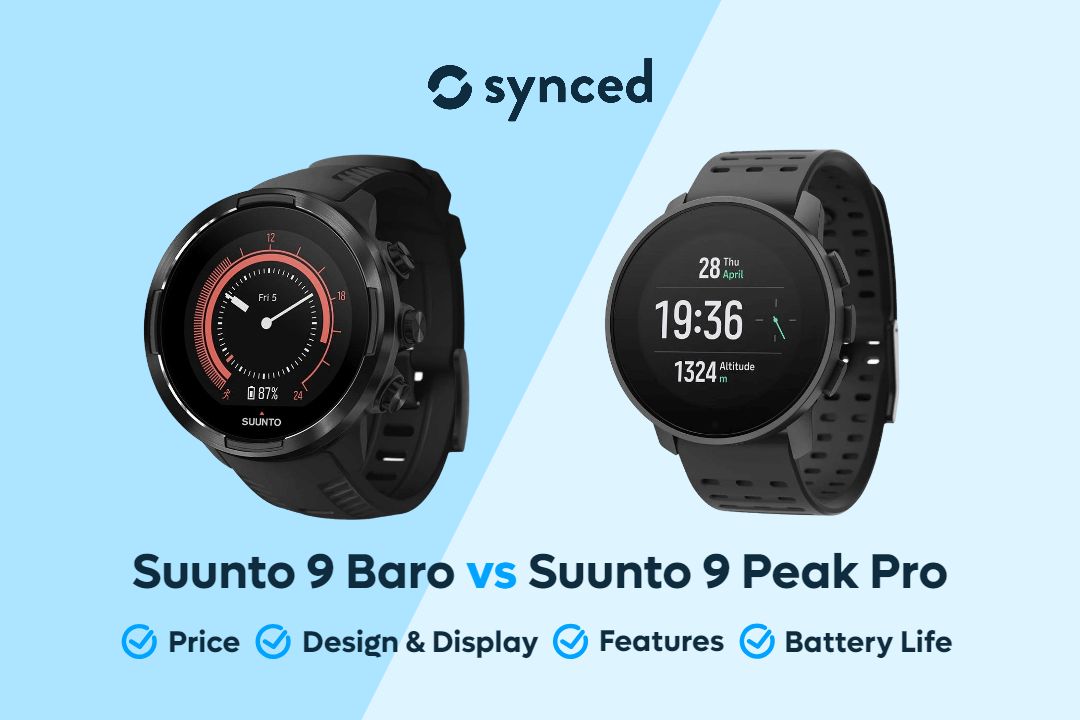
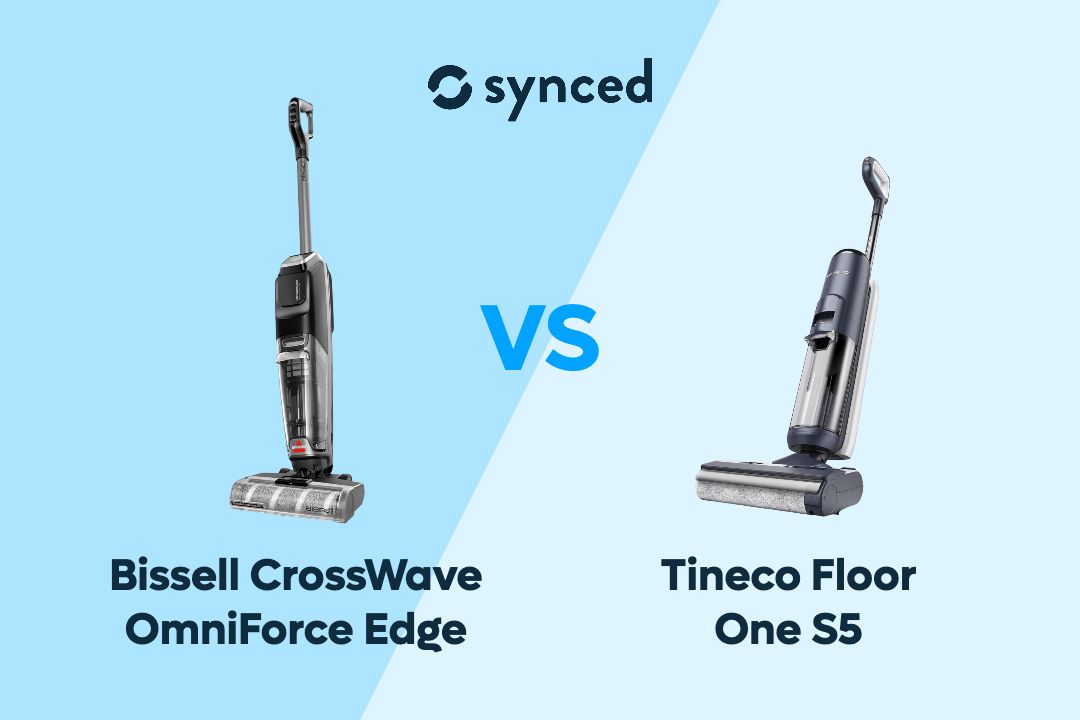
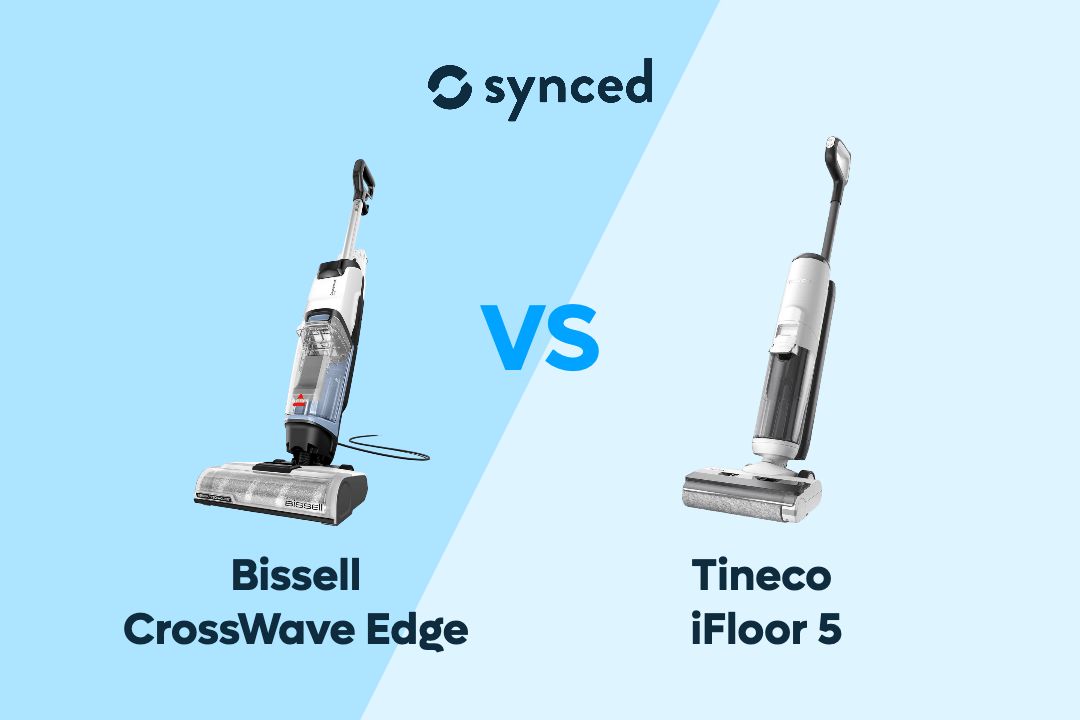
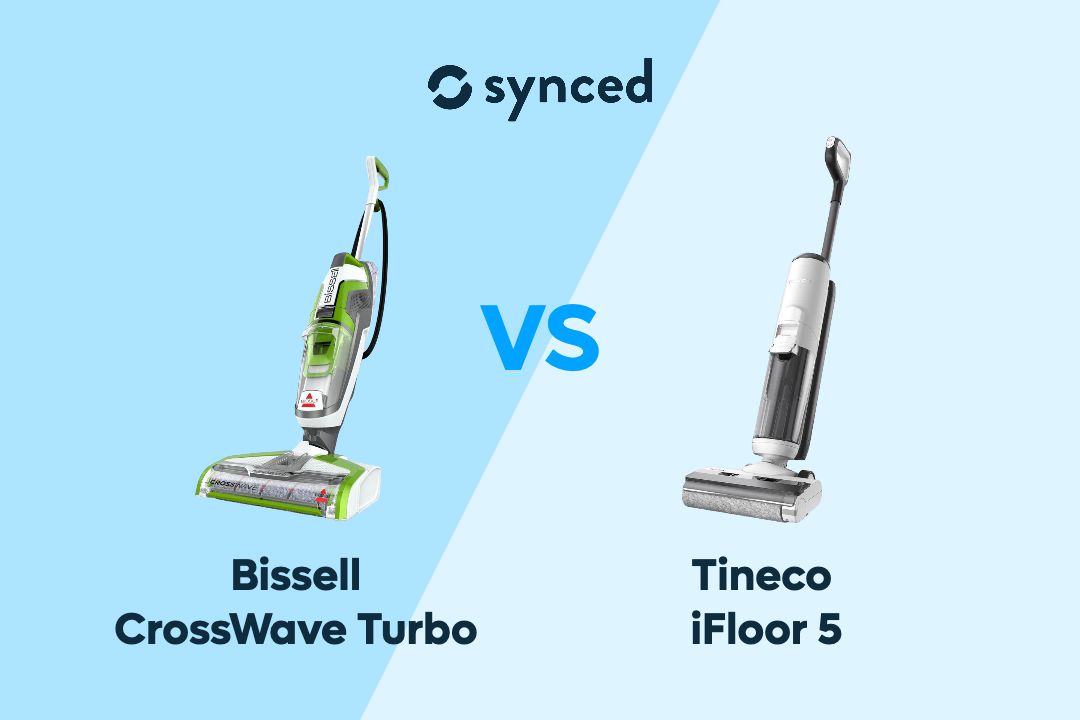
Leave a comment
This site is protected by hCaptcha and the hCaptcha Privacy Policy and Terms of Service apply.